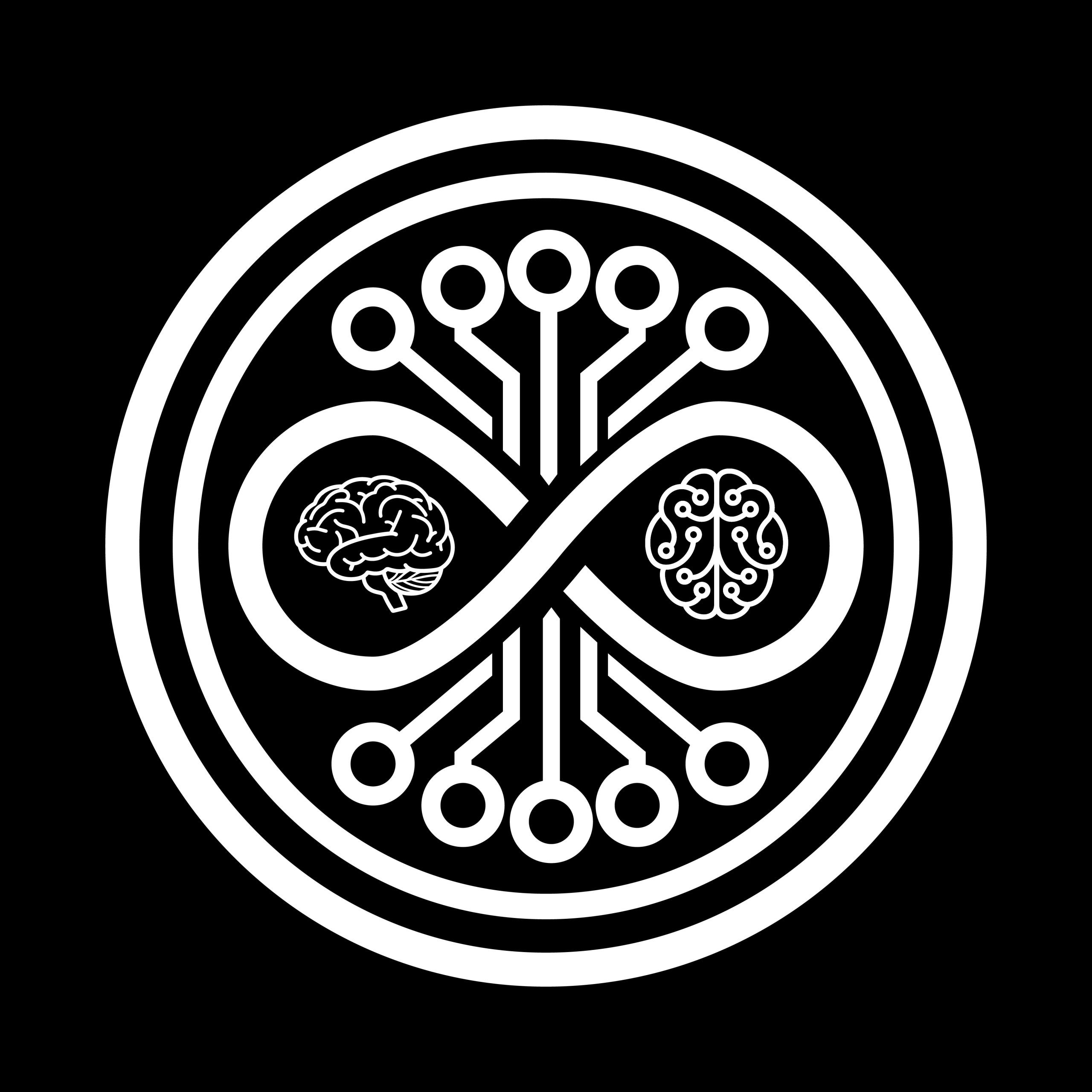Deep learning has revolutionized the landscape of AI, pushing boundaries previously thought impossible. At its core are neural networks, inspired by the human brain’s architecture.
These complex structures consist of layers of interconnected nodes that process data in a way akin to human cognition. Each layer extracts features from raw data, enabling models to learn progressively deeper representations.
What sets deep learning apart is its ability to handle vast amounts of unstructured data. From images and audio files to text documents, AI can now identify patterns and make predictions with remarkable accuracy.
Applications abound—self-driving cars navigate roads using real-time visual recognition while virtual assistants understand spoken language better than ever before. The potential seems limitless as industries harness this technology for innovative solutions.
As research continues, new architectures emerge, enhancing performance across various fields like healthcare, finance, and entertainment. Deep learning truly exemplifies the next frontier in artificial intelligence advancement.




